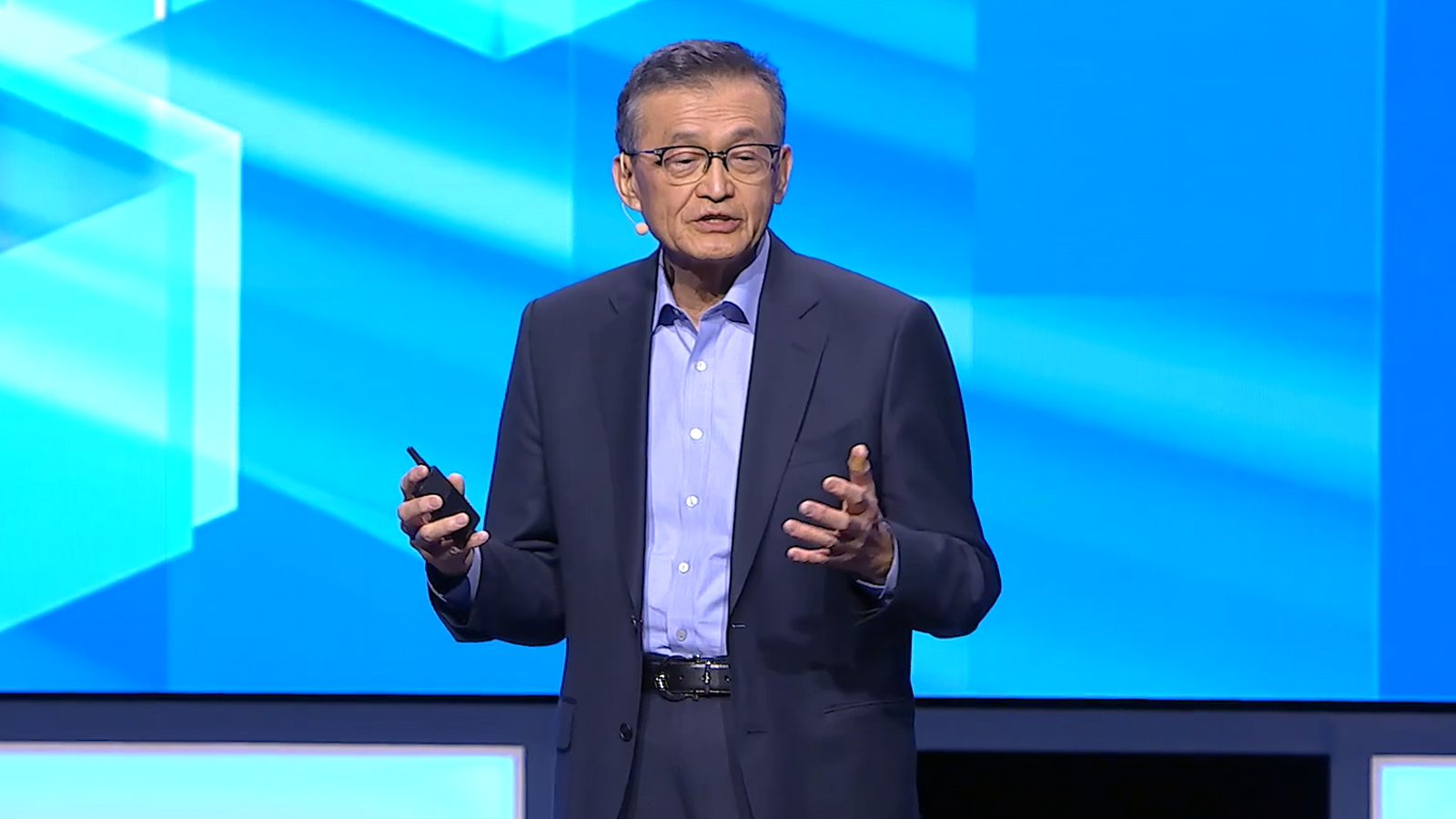
Intel has been in a dire state these past few years, with seemingly nothing going right. Its attempt to modernize x86 with a hybrid big.LITTLE architecture, à la ARM, failed to make a meaningful impact in terms of market share gains, only made worse by last-gen's Arrow Lake chips barely registering a response against AMD’s lineup. On the GPU front, the Blue Team served an undercooked product far too late that, while not entirely hopeless, was nowhere near enough to challenge the industry’s dominant players. All of this compounds into a grim reality, seemingly confirmed by new CEO Lip-Bu Tan in a leaked internal conversation today.
According to OregonTech, it's borderline a fight for survival for the once-great American innovation powerhouse as it struggles to even acknowledge being among the top contenders anymore. Despite Tan's insistence, Intel would still rank fairly well given its extensive legacy. While companies like AMD, Nvidia, Apple, TSMC, and even Samsung might be more successful today, smaller chipmakers like Broadcom, MediaTek, Micron, and SK Hynix are not above the Blue Team in terms of sheer impact. Regardless, talking to employees around the world in a Q&A session, Intel's CEO allegedly shared these bleak words: "Twenty, 30 years ago, we were really the leader. Now I think the world has changed. We are not in the top 10 semiconductor companies."
As evident from the quote, this is a far cry from a few decades ago when Intel essentially held a monopoly over the CPU market, making barely perceptible upgrades each generation in order to sustain its dominance. At one time, Intel was so powerful that it considered acquiring Nvidia for $20 billion. The GPU maker is now worth $4 trillion.
It never saw AMD as an honorable competitor until it was too late, and Ryzen pulled the carpet from underneath the Blue Team's feet. Now, more people choose to build an AMD system than ever before. Not only that, but AMD also powers your favorite handhelds like the Steam Deck and Rog Ally X, alongside the biggest consoles: Xbox Series and PlayStation 5. AMD works closely with TSMC, another one of Intel's competitors, as the company makes its own chips in-house.
This vertical alignment was once a core strength for the firm, but it has turned into more of a liability these days. Faltering nodes that can't quite match the prowess of Taiwan have arguably held back Intel's processors from reaching their full potential. In fact, starting in 2023, the company tasked TSMC with manufacturing the GPU tile on its Meteor Lake chips. This partnership extended to TSMC, essentially making the entire compute tile for Lunar Lake—and now, in 2025, roughly 30% of fabrication has been outsourced to TSMC. A long-overdue admission of failure that could've been prevented had Intel been allowed to make its leading-edge CPUs with external manufacturing in mind from the start. Ultimately its own foundry was the limiting factor.
As such, Intel has been laying off thousands across the world in a bid to cut costs. Costs have skyrocketed due to high R&D spending for future nodes, and the company faces a $16 billion loss in Q3 last year. Intel's resurrection has to be a "marathon," said Tan, as he hopes to turn around the company culture and "be humble" in listening to shifting demands of the industry. Intel wants to be more like AMD and NVIDIA, who are faster, meaner, and more ruthless competitors these days, especially with the advent of AI. Of course, artificial intelligence has been around for a while, but it wasn't until OpenAI's ChatGPT that a second big bang occurred, ushering in a new era of machine learning. An era almost entirely powered by Nvidia's data center GPUs, highlighting another sector where Intel failed to capitalize on its position.
"On training, I think it is too late for us," Lip-Bu Tan remarked. Intel instead plans to shift its focus toward edge AI, aiming to bring AI processing directly to devices like PCs rather than relying on cloud-based compute. Tan also highlighted agentic AI—an emerging field where AI systems can act autonomously without constant human input—as a key growth area. He expressed optimism that recent high-level hires could help steer Intel back into relevance in AI, hinting that more talent acquisitions are on the way. “Stay tuned. A few more people are coming on board,” said Tan. At this point, Nvidia is simply too far ahead to catch up to, so it's almost exciting to see Intel change gears and look to close the gap in a different way.
That being said, Intel now lags behind in data center CPUs, too, where AMD's EPYC lineup has overtaken them in the past year, further dwindling the company's confidence. Additionally, last year, Intel's board forced former CEO Pat Gelsinger out of the company and replaced him with Lip-Bu Tan, who appears to have a distinctly different, more streamlined vision for the company. Instead of focusing on several different facets, such as CPU, GPU, foundry, and more, at once, Lip wants to hone in on what the company can do well at one time.
This development follows long-standing rumors of Intel splitting in two and forming a new foundry division that would act as an independent subsidiary, turning the main Intel into a fabless chipmaker. Both AMD and Apple, Intel's rivals in the CPU market, operate like this, and Nvidia has also always used TSMC or Samsung to build its graphics cards. It would be interesting to see the Blue Team shed off weight and move like a free animal in the biome. However, it's too early to speculate given that 18A, Intel's proposed savior, is still a year away.







